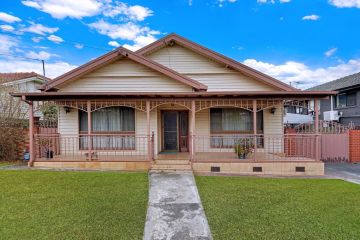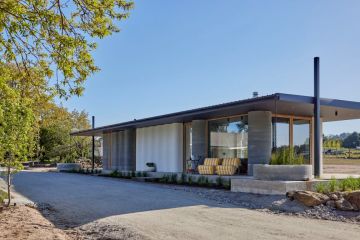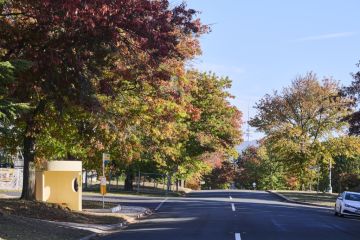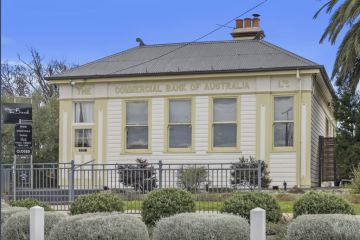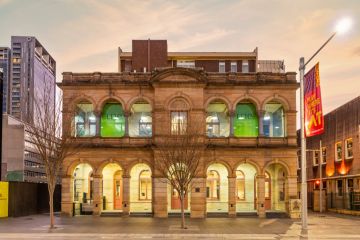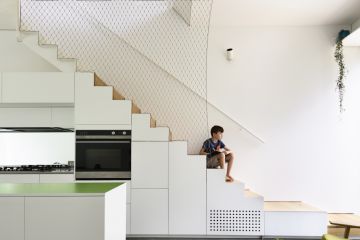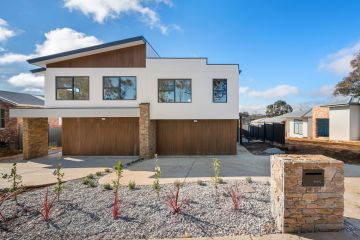The masterful renovation of an historic heritage terrace in East Melbourne
Expanding on the work of one of Australia’s most important Victorian-era architects requires a major time investment due mainly to the rigour of project oversight meted out by the guardians of our built heritage.
Reworking and extending the 1869 east Melbourne home of J.J. Clark took Melbourne’s SJB three-and-a-half years in the planning and build to respectfully bring a small corner terrace forward by 150 years into the comforts of modern living.
SJB interior design director Andrew Parr, who drove the project, says “everything had to be documented to establish what was original and what wasn’t”.
Original to the home of Clark, who at age 19 had designed Melbourne’s first Gold Rush-era public building, the beautiful sandstone Treasury, and who through a long career made an improbable number of extant public buildings across Australia and New Zealand, was the front four rooms, up and down and that Parr said “had elements of a much grander house”.
The two formal downstairs front rooms “that interconnected through bi-fold doors, were very symmetrical and had a feeling like a grand salon”. Stripping from these spaces “the layers of swag and the very bizarre dados”; painting them white and furnishing with “light and fresh furniture, let the house breathe again”, he says.
“We bought it all back to its pure, raw state.”
To cite this approach, the ceiling roses were left without dangling lights, “They’re decorative enough”. And Heritage Victoria allowed the mahogany staircase to be black Japanned “because that was typical in the Regency period”, Parr explains.
- Related: An award-winning architectural project
- Related: The asymmetrical beauty created on a budget
- Related: Projects where the windows steal the show
Distinguishing such a pleasing feature as that stair, the dark ground establishes, at entry, what becomes the black and white decor theme that Parr also employed as a framing device on windows and space borders in the new rooms. “The black framing everywhere gives it a crispness, and means that space doesn’t bleed.”
Although it fooled the architects and owners as an original, the rear extension on the shallow block turned out to be a ’70s addition. They were therefore allowed to remove it and reconstitute a narrow, double-level extension with two new upstairs bedrooms, a new L-shaped informal living area downstairs that is set up as “a modern room with a dark sofa and check personality chair”, and an extruded kitchen/dining room that is almost Shaker in its restraint.
Faithfully preserving the frontage of this “quite simple townhouse that harks to a much grander Regency formality” occupied the heritage folk to a great degree, Parr says, “because of the unusual, highly decorative timber fretwork”.
Its “unusualness” is yet another mark of a great architect at work. For Parr it calls to mind “a little flavour of New Orleans”, especially in combination with the french doors that open the front room out to the front verandah.
We recommend
States
Capital Cities
Capital Cities - Rentals
Popular Areas
Allhomes
More
